A class is too large and becomes unwieldy to work with. In Objective-C I'd be tempted to use Categories to break the class up, but then: wouldn't categories just be dividing a house full of too much junk into rooms? The same question applies to partial classes in C#, I suppose.
Under what conditions can categories be used to solve a "class too large" code smell? When is it not correct and the class really needs to "be restructured or broken into smaller classes?"
